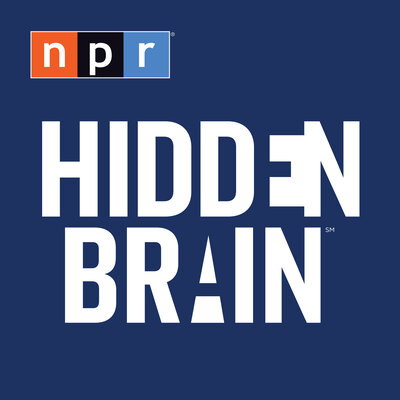Their class task is to find secondary research on their client or brand in order to create a SWOT analysis. Working in small teams, students must identify their client's Strengths, Weaknesses, Opportunities, and Threats using any resources available to articulate these elements.
 After I found the amazing graphics information literacy textbook Information Now: A Graphic Guide to Student Research by Matt Upson, C. Michael Hall, and Kevin Cannon (which I wrote about last year), I decided to try flipping this session. I ask the faculty to have their students read several pages from the chapter "Journals & Databases" before class.
After I found the amazing graphics information literacy textbook Information Now: A Graphic Guide to Student Research by Matt Upson, C. Michael Hall, and Kevin Cannon (which I wrote about last year), I decided to try flipping this session. I ask the faculty to have their students read several pages from the chapter "Journals & Databases" before class.I paired that reading with I readings of four pre-selected articles on a "Brand in the News." They read a scholarly article, a trade article, a popular magazine article, and a SWOT analysis - which I pre-selected from my trio of databases. Check out the list of articles on my library portal for the class (aka LibGuide).
When they get to class, we talk about each of these journal types based on their reading of the Information Now chapter and of the four articles. This takes about 15 minutes. Since they've already looked at EBSCO for the four articles, my demo on how to search EBSCO is relatively quick, so I quickly break them into their teams to research their client in the three databases. They get about 30 minutes to do their own searching, and then we talk about what they found and any search problems that cropped up along the way.
This is in contrast to the old way, where I went into class and talked about the difference between scholarly, trade, and popular magazine articles. I'd bring in examples of each periodical and ask the students to articulate items such as the audience, writing style, use of graphics, and authors for each source type. These sessions were productive and I felt that students really understood the difference in article types. I'd then spend about 10 minutes showing them how to search Academic Search Premier, Business Source Premier, and Communication & Mass Media Complete to find these articles.
While students learned the difference in article types, they didn't really get a good sense of how to search -- at least, not in my anecdotal assessment.
The new method teaches these sophomores & juniors the difference in article types just as effectively as before, with samples from their own discipline -- and for the most part, they learn this before I get into the classroom. That frees me to have them focus on their searching for scholarly, trade, and popular publications in their teams.
The faculty like this approach and have been very willing to give the students the assignment prior to class. I'm heading into my second semester teaching this way and look forward to the results.


